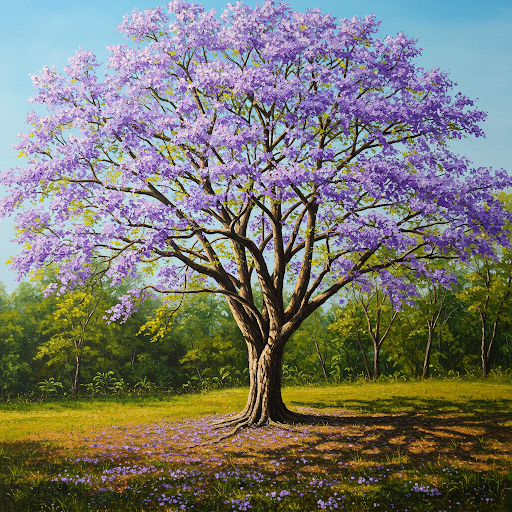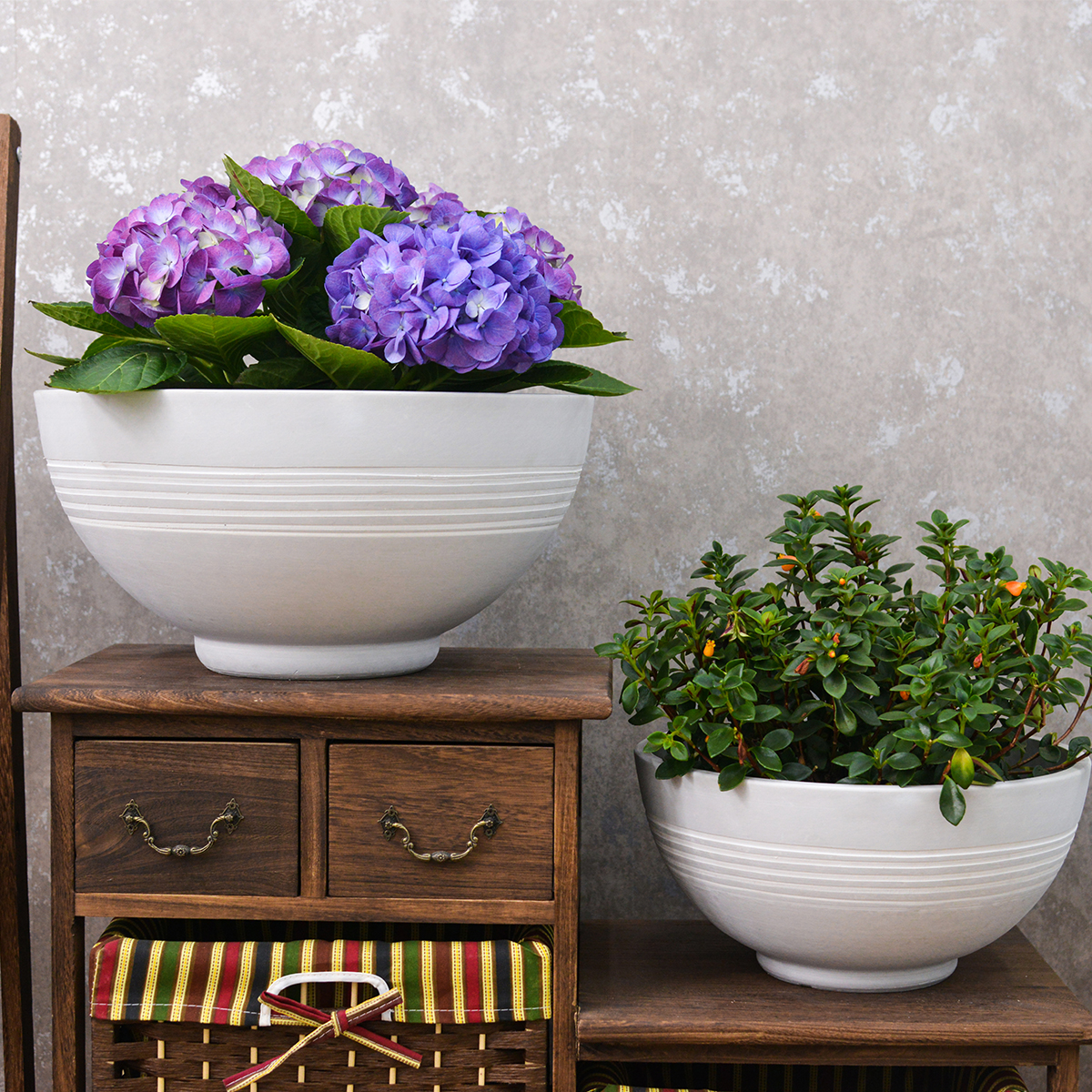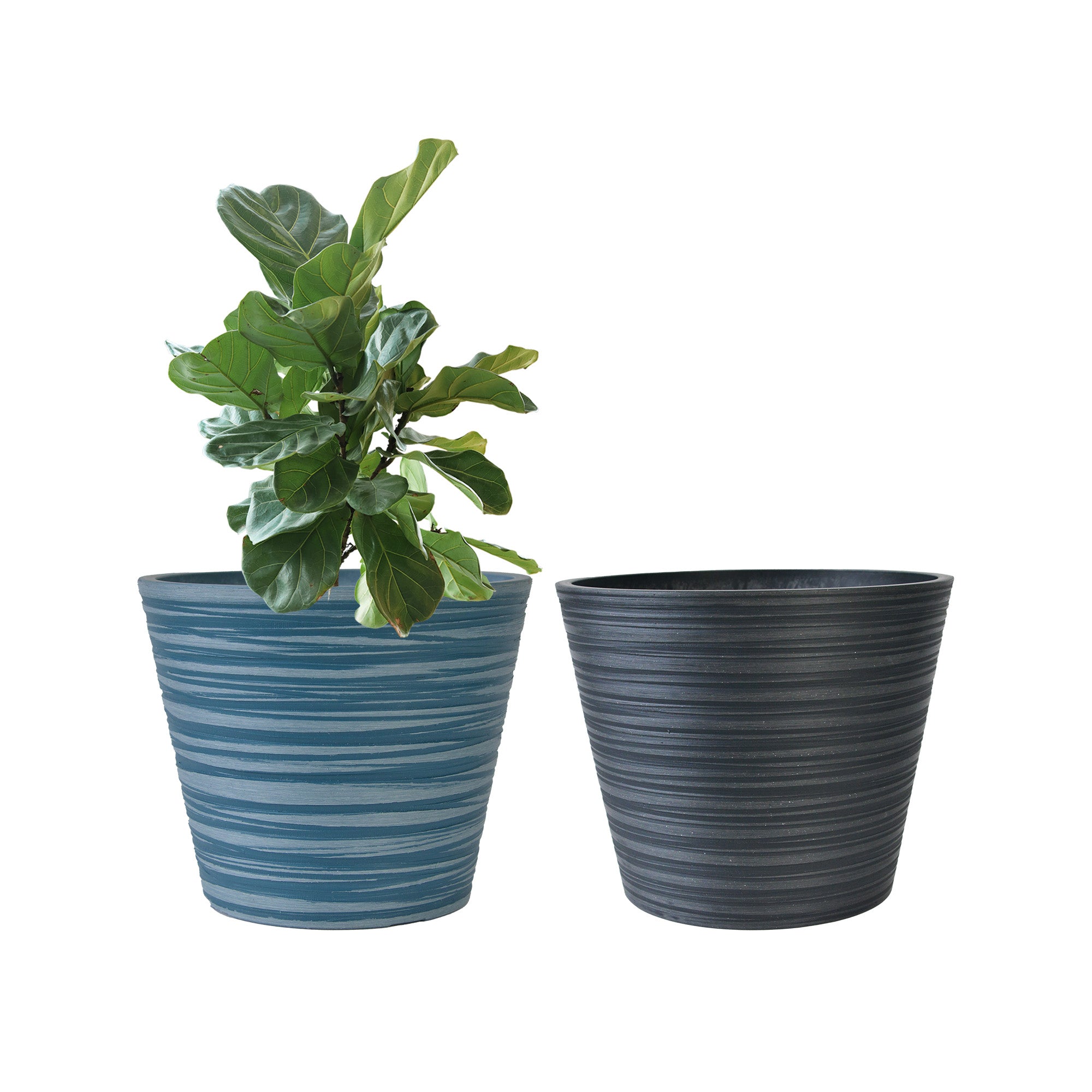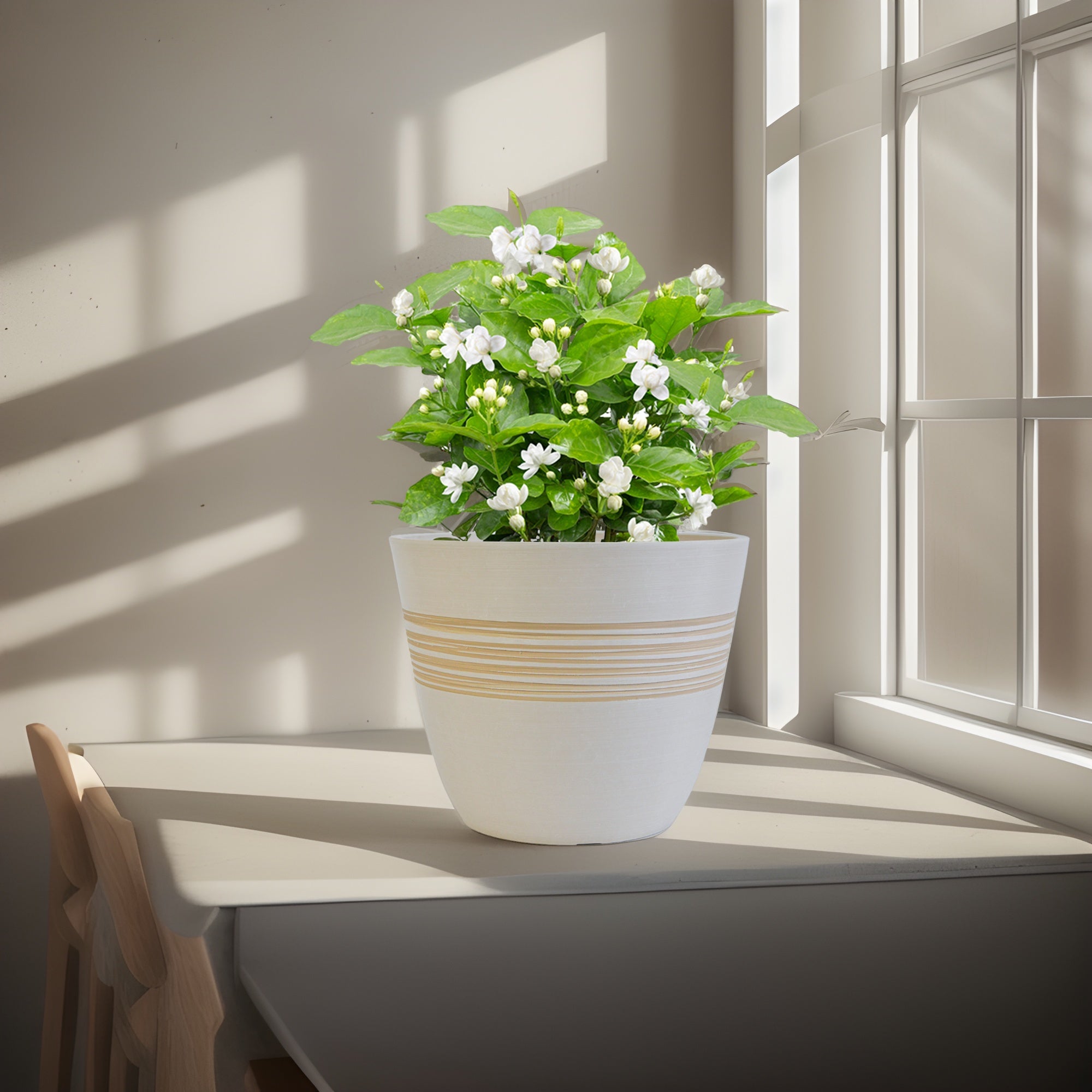Planting a Showstopper: A Guide to Growing Flowering Catalpa Trees in Your American Landscape
Looking to add a unique and eye-catching tree to your American yard? The flowering Catalpa tree, often called the Indian Bean Tree or Cigar Tree due to its distinctive long, bean-like seed pods, is a magnificent choice. With its large, heart-shaped leaves and stunning clusters of fragrant white flowers in late spring to early summer, the Catalpa makes a bold statement in any landscape. This guide will walk you through the essentials of growing and caring for these impressive trees in the USA.

Why Choose a Catalpa Tree?
Catalpa trees offer several appealing features for American homeowners:
- Striking Flowers: The large, panicles of white, trumpet-shaped flowers, often adorned with yellow and purple markings, are a true spectacle in late spring.
- Unique Foliage and Fruit: The very large, heart-shaped leaves provide ample shade, and the long, slender seed pods add winter interest.
- Fast Growth: Catalpas are relatively fast-growing trees, quickly providing shade and visual impact.
- Wildlife Value: The flowers attract pollinators like bees, and the tree can provide shelter for birds.
- Adaptable: Catalpa trees are known for their adaptability to a wide range of soil conditions and climates across the United States.
Popular Catalpa Varieties for US Gardens:
Two main species of Catalpa are commonly grown in the US:
- Northern Catalpa (Catalpa speciosa): This species is known for its larger flowers and greater hardiness in colder climates. It typically grows taller than the Southern Catalpa.
- Southern Catalpa (Catalpa bignonioides): This variety has slightly smaller flowers and leaves but is more tolerant of warmer, more humid conditions.
Planting Your Catalpa Tree:
The best time to plant a Catalpa tree is in the spring or fall. Choose a location that receives at least four hours of direct sunlight per day, although they thrive in full sun. Catalpas are adaptable to various soil types, including acidic, alkaline, loamy, sandy, and clay soils, as long as they are well-drained.
- Dig the Hole: Dig a hole that is twice as wide as the root ball and just as deep.
- Prepare the Soil: While Catalpas aren’t overly fussy, amending the soil with compost can improve drainage and fertility.
- Plant the Tree: Gently remove the tree from its container and place it in the center of the hole. Ensure the top of the root ball is level with the surrounding soil.
- Backfill and Water: Fill the hole with the prepared soil, gently firming it around the base. Water the tree thoroughly.
- Mulch: Apply a layer of mulch around the base of the tree to help retain moisture, suppress weeds, and regulate soil temperature. Keep the mulch a few inches away from the trunk.
Caring for Your Catalpa Tree:
- Watering: Water your new Catalpa tree regularly, especially during the first growing season, to help establish a strong root system. Once established, they are relatively drought-tolerant but will benefit from occasional watering during prolonged dry periods.
- Fertilizing: Generally, Catalpa trees do not require much fertilization. A light application of a balanced fertilizer in the spring for young trees can help promote growth. Avoid over-fertilizing.
- Pruning: Prune your Catalpa tree in late winter or early spring before new growth begins. Focus on removing any dead, damaged, or crossing branches to maintain a healthy structure. Young trees may benefit from pruning to establish a strong central leader.
- Sunlight: Ensure your Catalpa tree receives adequate sunlight (at least 4 hours, ideally full sun) for optimal growth and flowering.
Potential Issues and Tips for American Gardens:
- Catalpa Sphinx Moth: The larvae of this moth can sometimes cause significant1 defoliation. While usually not fatal to a healthy tree, you can monitor for these caterpillars and remove them by hand if the infestation is heavy.
- Messy Seed Pods: The long seed pods can be considered messy by some, especially when they fall in the late2 fall and winter. Consider this when choosing a planting location near walkways or parking areas.
- Leaf Litter: The large leaves can also create a significant amount of leaf litter in the fall.
- Powdery Mildew and Leaf Spots: These fungal diseases can sometimes affect Catalpa trees, particularly in humid conditions. Good air circulation can help prevent these issues.
- Hardiness: While adaptable, ensure the Catalpa species you choose is well-suited to your specific USDA hardiness zone for the best growth and survival.

Enjoying Your Flowering Catalpa:
With its distinctive beauty and relatively easy care, the flowering Catalpa tree can be a wonderful addition to your American landscape. Enjoy the shade it provides in the summer and the stunning floral display in the late spring, making your yard a neighborhood showstopper!
KC3-09k
By greenship|2024-08-16T06:24:36+00:00August 16, 2024|Categories: Hand-carving Series|
Planter 5 in W / 8 in W / 12 in W or Indoor Outdoor Plants, Modern Decorative Plant Pots with Drainage Hole, Decorative Flower Pots
By greenship-seo|2025-04-10T06:37:58+00:00January 16, 2025|Categories: Hand-carving Series|Tags: Decorative Flower Pots|
KC3-14A
By greenship|2024-08-16T06:26:30+00:00August 16, 2024|Categories: Hand-carving Series|
KC2-21G
By greenship|2024-08-13T06:19:08+00:00August 13, 2024|Categories: Hand-carving Series|
11TH
By greenship|2024-08-13T02:50:25+00:00August 13, 2024|Categories: Hand-carving Series|
Planter for Indoor Outdoor Plants, Set of 2 Modern Decorative Plant Pots with Drainage Hole, Decorative Flower Pots
By greenship-seo|2025-04-10T07:46:01+00:00January 9, 2025|Categories: Hand-carving Series|Tags: Decorative Flower Pots, Self-Watering Pots|






